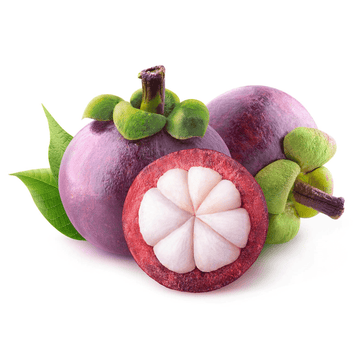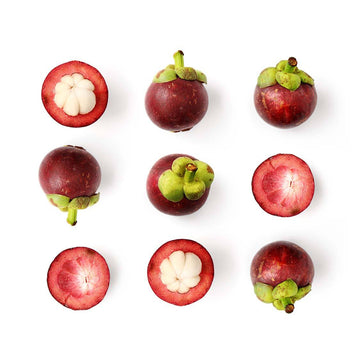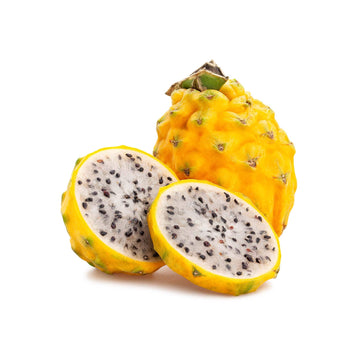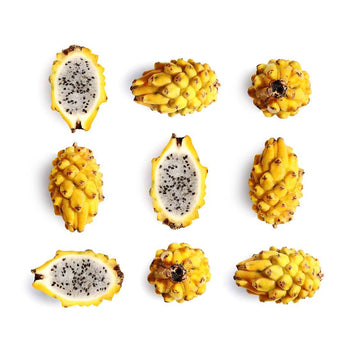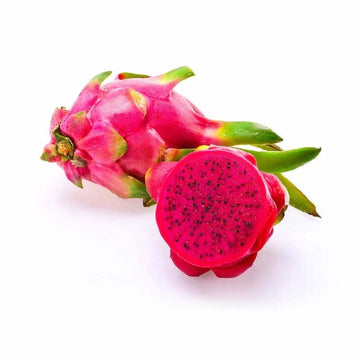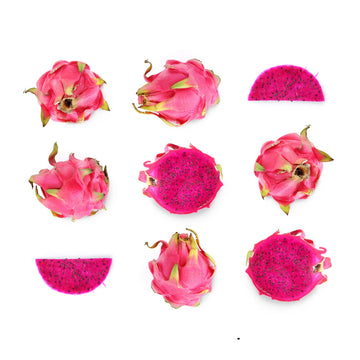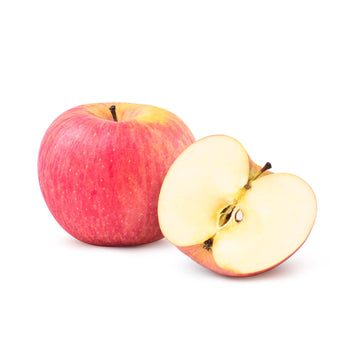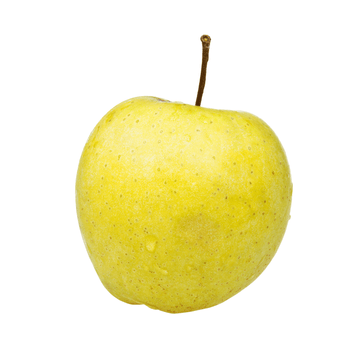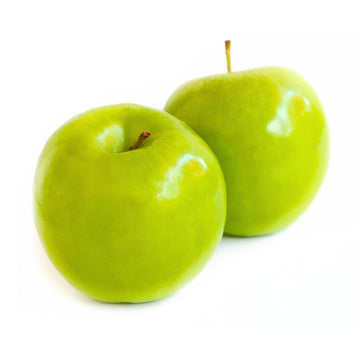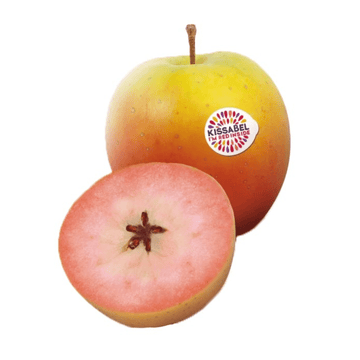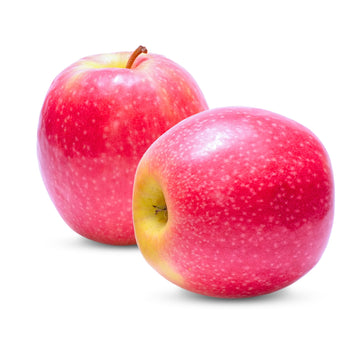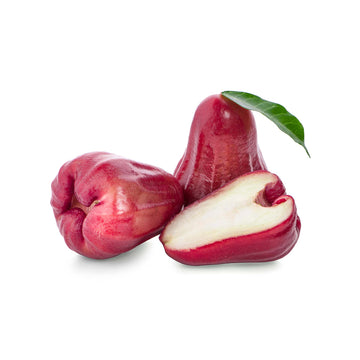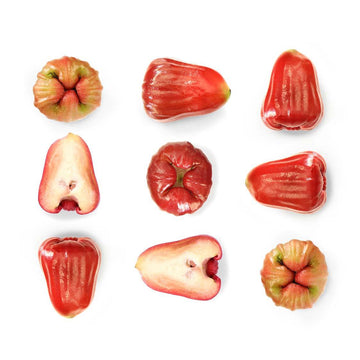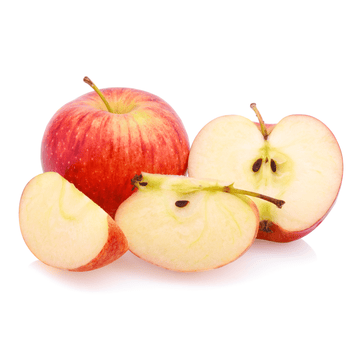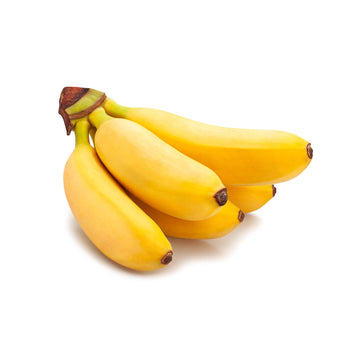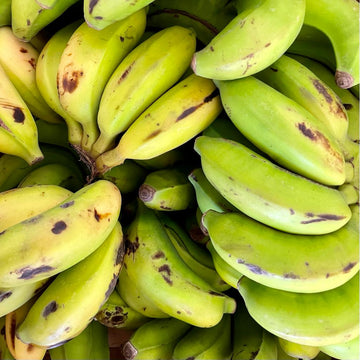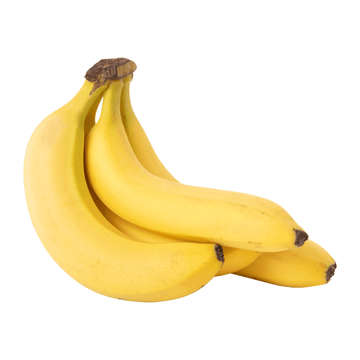Why Does Durian Stink? The Science, Smell, and Taste of Durian
The durian, often dubbed the "king of fruits," is one of nature’s most polarising creations. Revered by some and reviled by others, this spiky, football-sized fruit from Southeast Asia has a reputation that precedes it—primarily because of its smell. The durian's odour is so infamous that it’s banned in many public places, including hotels, public transport, and airports in countries like Singapore and Thailand.
But what makes durian stink so much? Why does it smell the way it does, and how does its taste compare to its notorious aroma? In this deep dive, we’ll explore the science behind the durian’s stench, describe what it smells like, and examine how its taste contrasts with its olfactory assault, all while uncovering why this fruit inspires such fervent love and hate.
The Science Behind the Durian’s Stink
To understand why durians smell so distinctive, we need to look at the chemistry of the fruit. The durian’s odor comes from a complex mix of volatile organic compounds (VOCs), which are chemicals that easily evaporate and carry scents through the air. Scientists have identified over 200 VOCs in durians, a staggering variety compared to most fruits, which typically have a simpler scent profile. These compounds are responsible for the fruit’s unique—and often off-putting—aroma.
Key Chemical Culprits
Research, including a 2017 study published in Journal of Agricultural and Food Chemistry, pinpointed several key compounds that contribute to the durian’s smell. The most prominent are sulfur-containing compounds, which are often associated with unpleasant odors like rotting eggs or sewage. Two standout culprits are:
-
Ethyl 2-methylbutanoate: This compound gives the durian a fruity, apple-like note, but in high concentrations, it can become overpowering and cloying.
-
1-(Ethylsulfanyl)ethanethiol: A sulfur-based compound that smells like onions or garlic, adding a pungent, savory edge to the durian’s profile.
Other sulfur compounds, like methanethiol (which smells like rotten cabbage) and diethyl disulfide (garlic-like), amplify the stench. These sulfur compounds are particularly potent because human noses are highly sensitive to them, a trait that likely evolved to detect rotting food or danger. The durian’s high concentration of these compounds creates a smell that’s hard to ignore.
Why So Smelly? The Evolutionary Perspective
But why would a fruit evolve to smell so bad? From an evolutionary standpoint, the durian’s odour is a feature, not a flaw. Durians rely on animals like orangutans, elephants, and bats to disperse their seeds. The strong smell attracts these animals, who can detect the fruit from a distance, even through dense jungle foliage. The odour signals ripeness and nutritional value, enticing animals to eat the fruit and spread its seeds via their droppings. The sulfur compounds, in particular, mimic the smell of decaying matter, which many fruit-eating animals are drawn to.
Interestingly, the durian’s smell intensifies as it ripens. Enzymes within the fruit break down amino acids like methionine into sulfur-containing compounds, which become more volatile as the fruit matures. This explains why an unripe durian smells relatively mild, while a fully ripe one can clear a room.
Environmental and Genetic Factors
The intensity of a durian’s smell can also vary depending on its variety and growing conditions. There are hundreds of durian cultivars, with popular ones like Thailand’s Monthong or Malaysia’s D24 each having slightly different scent profiles. For example, Monthong durians are often described as milder, while wilder varieties like Malaysia’s Durio kutejensis can be even more pungent. Factors like soil composition, climate, and ripeness at harvest also influence the concentration of VOCs, making some durians smellier than others.
What Does Durian Smell Like?
Describing the smell of a durian is a challenge because it’s unlike anything else. To the uninitiated, it’s often described as a mix of rotting garbage, raw sewage, and overripe onions, with a hint of something sweet and fruity lurking beneath. Food writer Richard Sterling famously described it as “pig-shit, turpentine, and onions, garnished with a gym sock.” Others liken it to a blend of garlic, caramel, and rotting fruit left in a hot car.
The smell is multifaceted, hitting the nose in waves. At first, you might catch a whiff of something sweet, almost like custard or caramel, but this is quickly overtaken by a sulfurous, oniony punch. Some detect notes of almonds, cheese, or even gasoline. The complexity comes from the interplay of the fruit’s VOCs, which create a sensory overload that’s hard to pin down. For some, the smell is so overwhelming that it triggers a gag reflex, while others find it oddly alluring once they get past the initial shock.
The durian’s odor is also persistent. It clings to your hands, clothes, and even the walls of a room. This is because the volatile compounds are fat-soluble, meaning they stick to surfaces and linger long after the fruit is gone. In Southeast Asia, where durians are a cultural staple, people often eat them outdoors or in well-ventilated areas to avoid impregnating their homes with the smell.
How Does Durian Taste?
If the smell of durian is a hurdle, the taste is where things get interesting. For those brave enough to try it, durian offers a flavour profile that’s as complex as its aroma, but often far more pleasant. The taste is frequently described as a rich, creamy blend of custard, caramel, and vanilla, with subtle hints of fruit like mango or banana. Some detect nutty or almond-like undertones, while others pick up a slight bitterness or a savoury, almost cheesy quality.
The Texture Factor
Texture plays a huge role in the durian experience. The flesh, or aril, is soft and custard-like, melting in the mouth like a rich dessert. High-quality durians, like the prized Mao Shan Wang (Cat Mountain King) from Malaysia, are often described as buttery, with a smooth, almost velvety consistency. This luxurious mouthfeel contrasts sharply with the fruit’s smell, creating a sensory dissonance that can be both confusing and delightful.
Comparing Smell to Taste
The disconnect between durian’s smell and taste is one of its most fascinating aspects. While the smell is dominated by sulfurous, savoury notes, the taste leans heavily toward sweetness and creaminess. The sulfur compounds that make the fruit stink are present in much lower concentrations in the flesh itself, allowing the fruit’s natural sugars and fats to take center stage. This contrast is why many durian enthusiasts urge newcomers to “hold their nose” and take a bite—the taste often redeems the odor.
For example, the ethyl 2-methylbutanoate that contributes to the fruity, apple-like smell also enhances the sweet, fruity taste. Meanwhile, the sulfur compounds that dominate the aroma are less noticeable on the palate, especially in milder cultivars like Monthong. However, in more pungent varieties, like the wild Durio graveolens, the savoury, oniony notes can carry over into the taste, creating a more challenging flavour profile for beginners.
Cultural and Personal Perspectives
Taste is subjective, and cultural context plays a big role in how people perceive durian. In Southeast Asia, where durians are a beloved delicacy, the smell is often seen as an acquired taste, like blue cheese or fermented fish sauce. Locals may describe the flavour as “sweet and creamy” or “like heaven,” focusing on the fruit’s richness rather than its stench. In contrast, Westerners, unaccustomed to such bold flavours, may struggle to get past the smell, which colours their perception of the taste.
Personal palate also matters. Some people are more sensitive to sulfur compounds, making the smell—and sometimes the taste—overwhelming. Others, particularly those who enjoy strong cheeses or fermented foods, may find the durian’s complexity intriguing. Over time, many who initially dislike durian come to appreciate it, especially after repeated exposure.
Why the Love-Hate Divide?
The durian’s polarising nature stems from the stark contrast between its smell and taste, combined with individual differences in sensory perception. For detractors, the smell is an insurmountable barrier, triggering disgust before they even taste it. The brain associates sulfurous odours with rot or danger, making it hard to approach the fruit with an open mind. For fans, however, the taste is a revelation—a creamy, sweet reward that makes the smell worth enduring.
Health Benefits and Culinary Uses
Beyond its sensory quirks, durian is packed with nutrients, which adds to its appeal. It’s rich in vitamins C and B, potassium, and healthy fats, making it a calorie-dense energy source. In Southeast Asia, durians are eaten fresh, blended into smoothies, or used in desserts like ice cream, cakes, and sticky rice. The fruit’s versatility in cooking shows how its taste can shine when paired with complementary flavours like coconut or sugar.
Tips for Trying Durian
If you’re curious about durian but intimidated by its reputation, here are some tips to ease you into the experience:
-
Start with a Mild Variety: Opt for a Monthong or D101, which are less pungent than wild or premium cultivars like Mao Shan Wang.
-
Eat Outdoors: The smell is less overwhelming in open air, and you won’t have to worry about lingering odours.
-
Pair with Something Familiar: Try durian with sticky rice or in a dessert to balance its intensity.
-
Hold Your Nose: If the smell is too much, pinch your nose while tasting to focus on the flavour.
-
Choose a Ripe Fruit: A properly ripe durian will have a sweeter, less savoury taste. Look for fruit that’s slightly soft to the touch and has a strong but not overpowering smell.
The Cultural Significance of Durian
In Southeast Asia, durian is more than just a fruit—it’s a cultural icon. It’s celebrated in festivals, markets, and even durian buffets, where enthusiasts gather to sample different varieties. The fruit is often shared among friends and family, with the act of cracking open a durian seen as a communal experience. In Malaysia, Thailand, and Indonesia, durian season is eagerly awaited, with prices for premium varieties sometimes reaching hundreds of dollars per fruit.
The durian’s divisive nature also makes it a point of pride. Locals often revel in foreigners’ reactions to the smell, seeing it as a test of culinary courage. For many, loving durian is a badge of honor, a sign that you’ve embraced the region’s bold flavours.
Conclusion
The durian’s stink is a marvel of nature, driven by a complex cocktail of sulfurous and fruity compounds that serve an evolutionary purpose. Its smell, a mix of rotting onions, caramel, and garbage, is worlds apart from its creamy, sweet, and custard-like taste, creating a sensory experience that’s as confounding as it is unforgettable. While the odour may deter some, the taste rewards those who persevere, offering a richness that’s unmatched by any other fruit. Whether you love it or hate it, the durian is a testament to nature’s ability to surprise and challenge our senses. So, the next time you encounter a durian, take a deep breath (or maybe hold it), and give it a try—you might just discover why it’s called the king of fruits.

